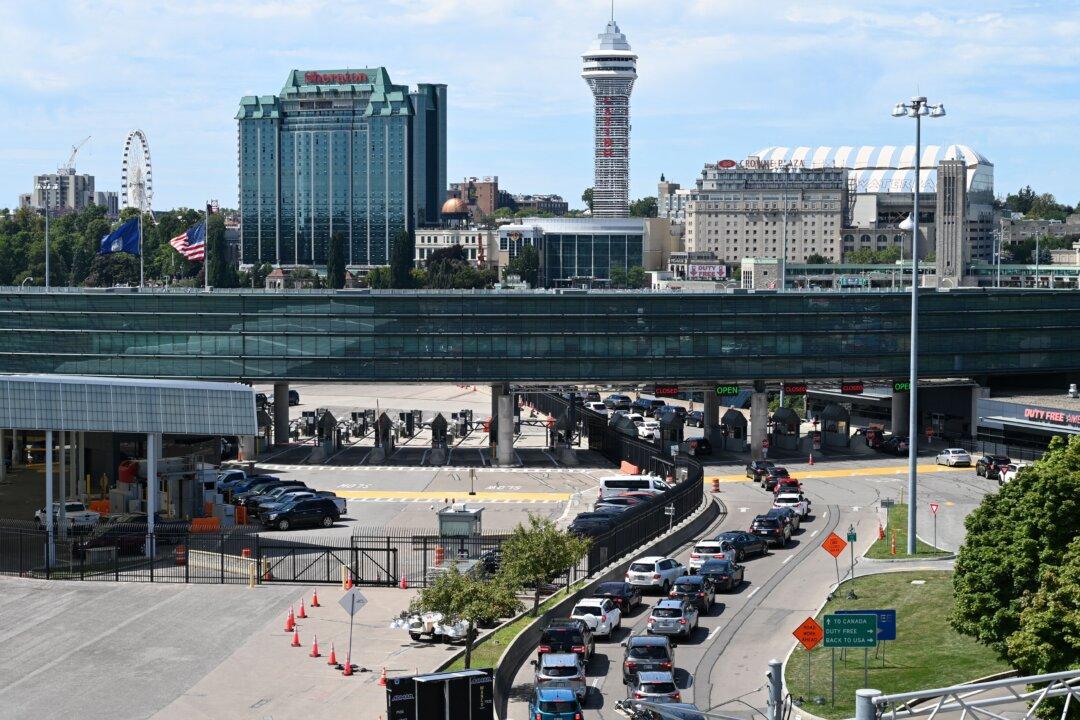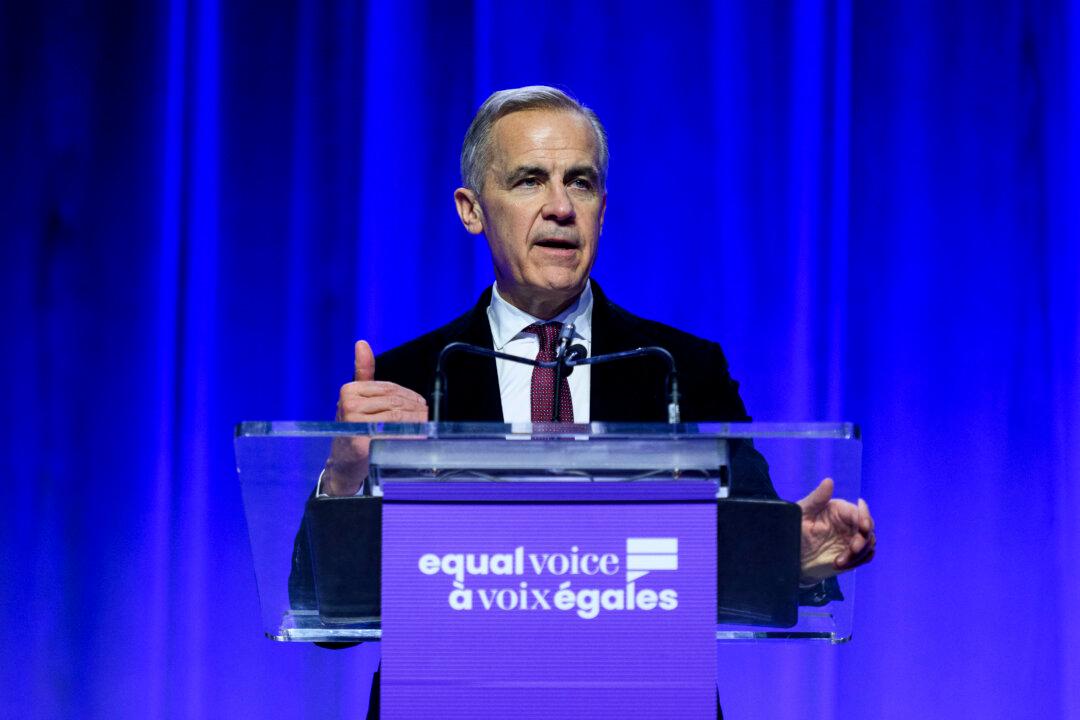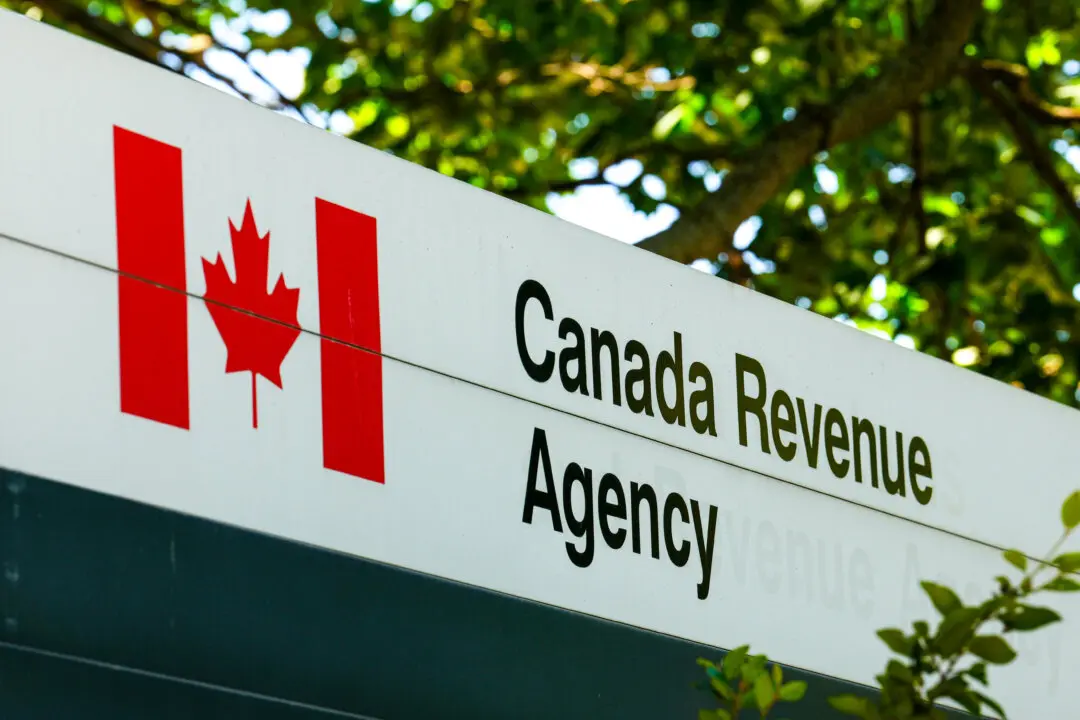A program intended to keep inadmissible foreign nationals from entering Canada ended up increasing refugee claims to record levels, according to data from the federal Budget Office.
The number of refugee claims from travellers who bought a $7 electronic visa has risen 672 percent since 2017.
“Since 2016, the number of asylum claimants has been rising and reached an all-time high of 144,860 claims in 2023,” said a Budget Office report, first obtained by Blacklock’s Reporter. “Asylum claimants who arrive in Canada with an Electronic Travel Authorization are the fastest growing group.”The Department of Immigration began mandating in November 2026 that foreign visitors from most countries in Asia and Latin America would need to apply for an electronic visa known as an Electronic Travel Authorization (ETA). The intention of the program was to “push out the Canadian border by identifying inadmissible foreign nationals before they fly to or through Canada,” according to a 2023 internal audit called Evaluation Of The Electronic Travel Authorization Program.





